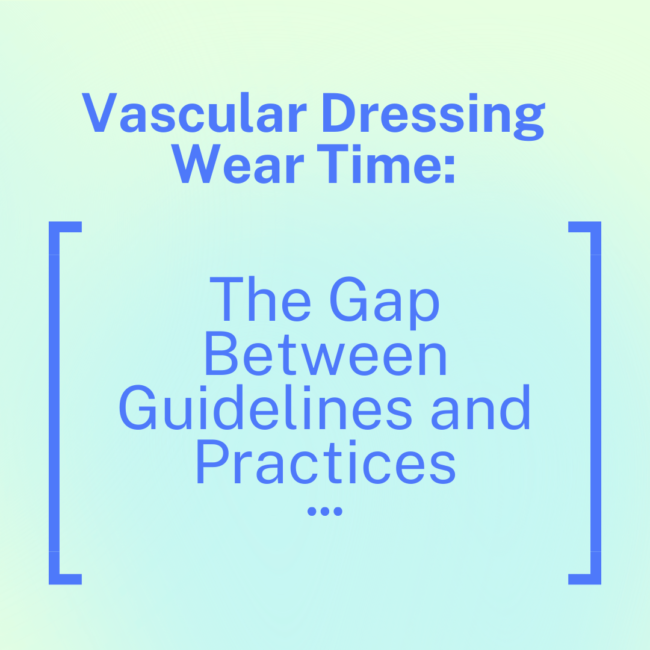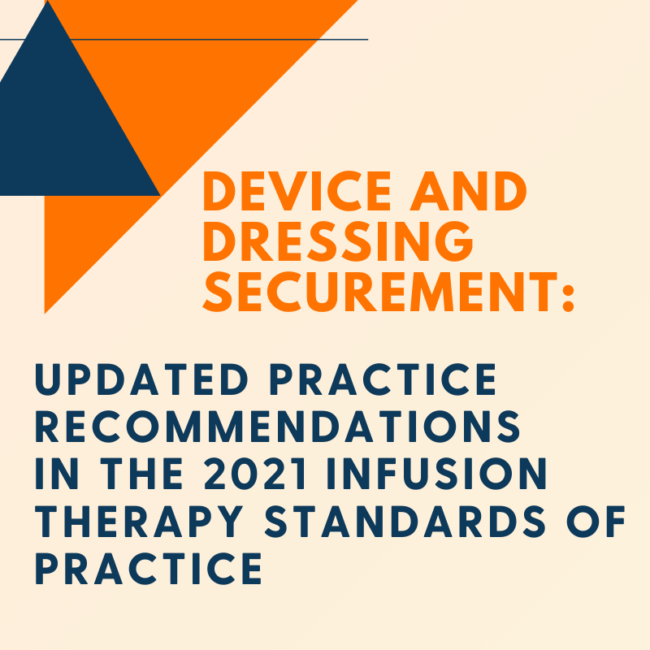Pathway to Patency: Exploring the Challenges to Catheter Patency and the Technology to Help Reduce Them
Edward Korycka, RN has spent 20 of his 30 years in nursing specializing in vascular access. He is an active member of the Association for Vascular Access and Infusion Nurse Society, having served in various leadership positions. In his current role at Access Vascular, Korycka strives to improve patient outcomes by promoting training and support…











